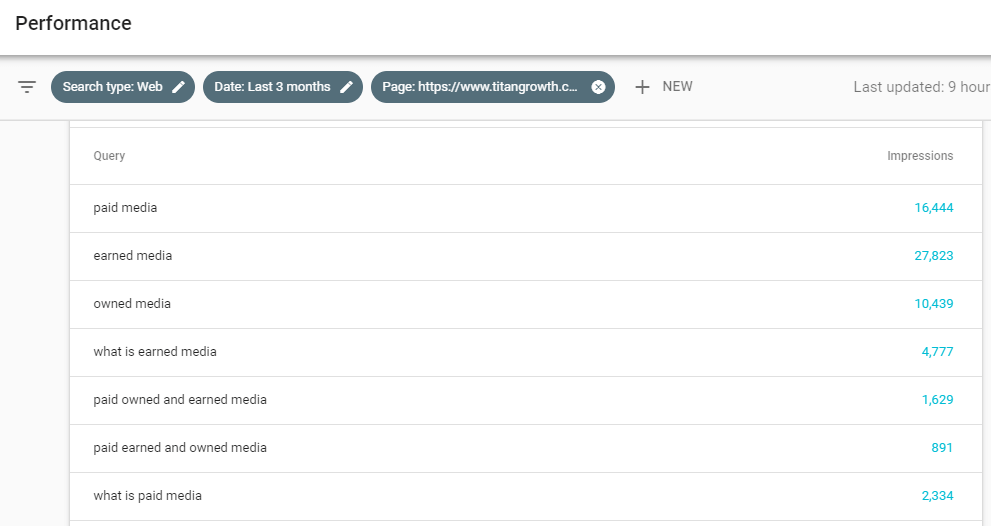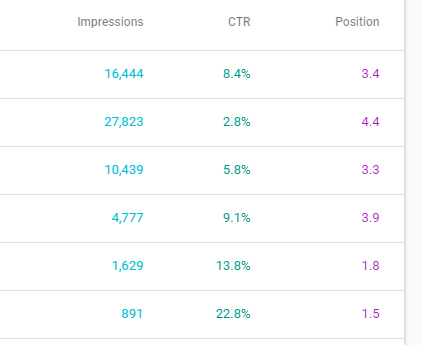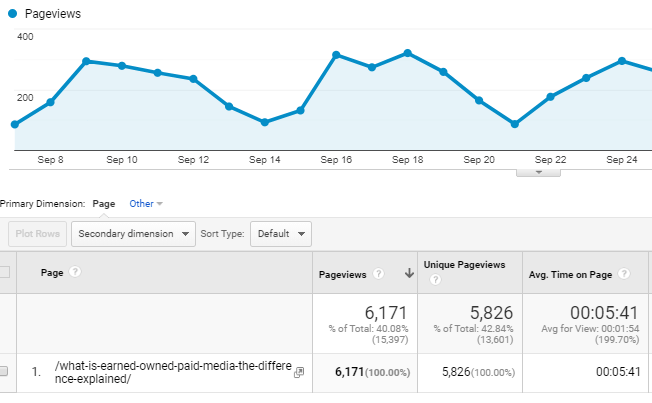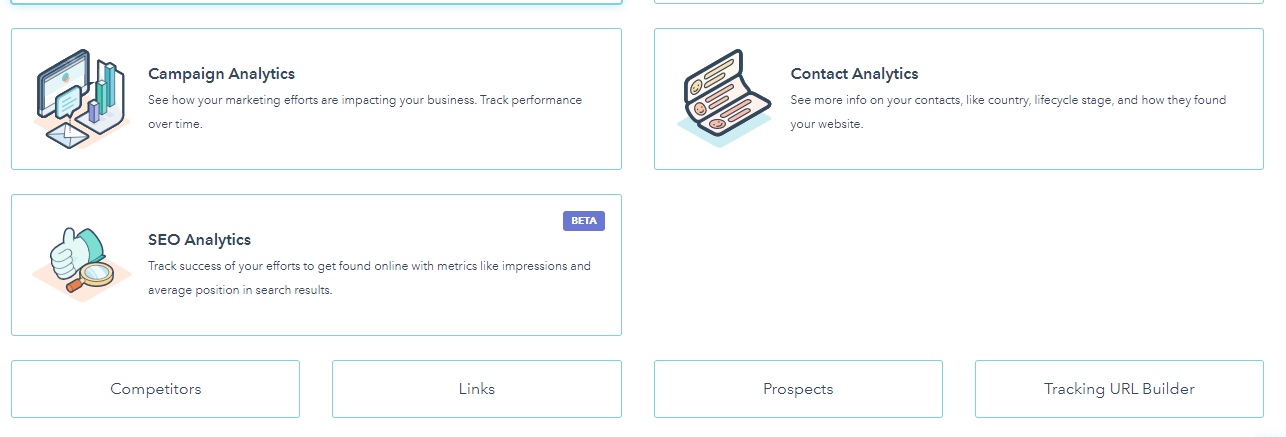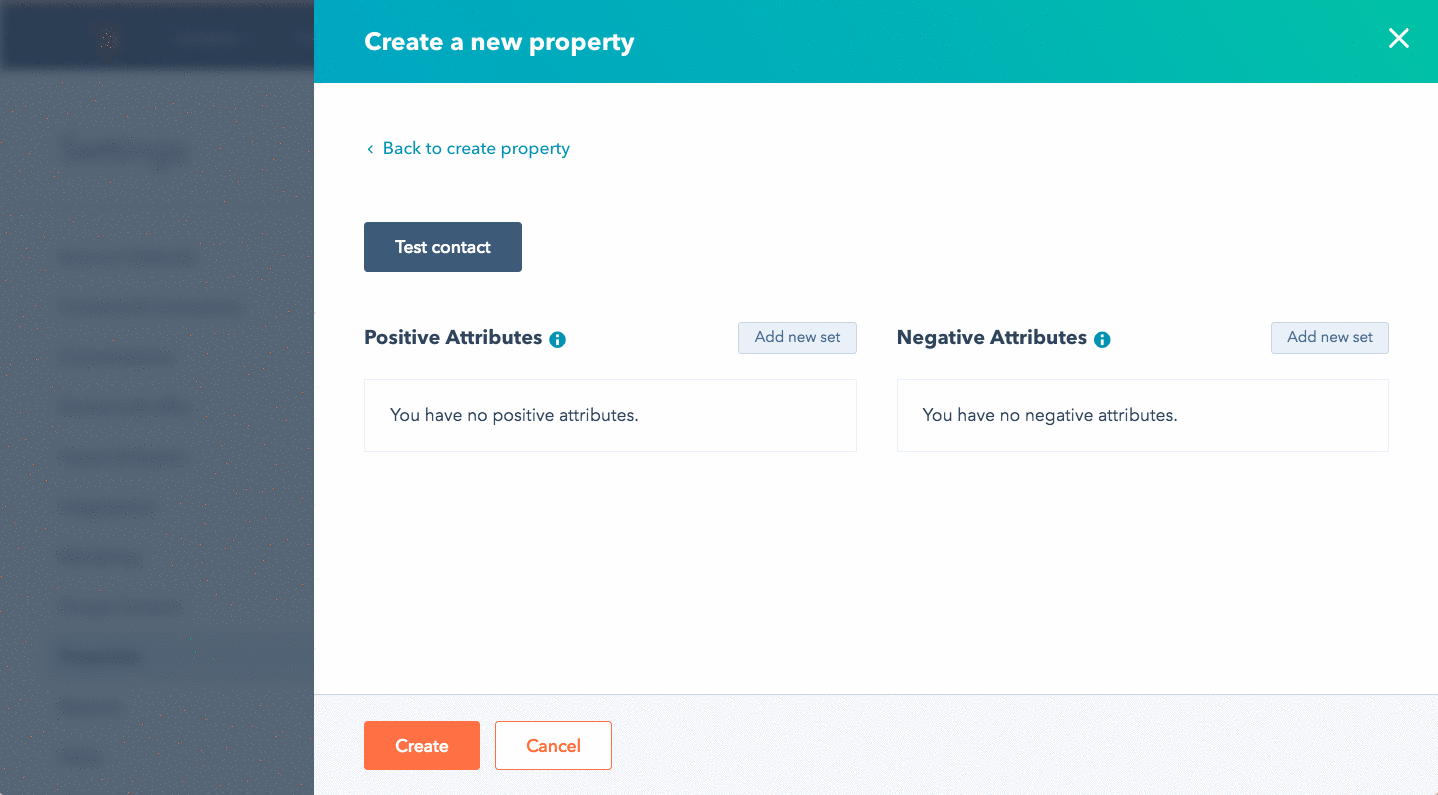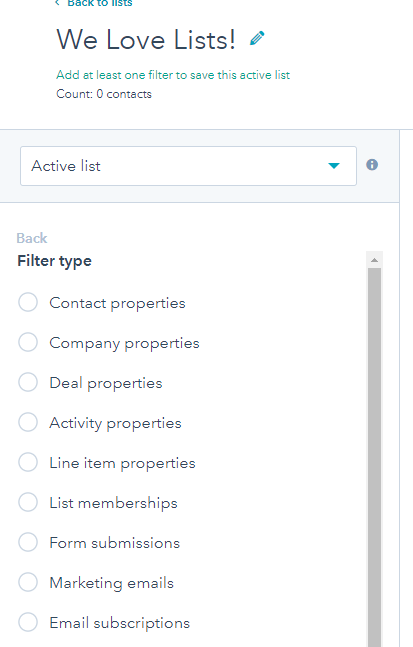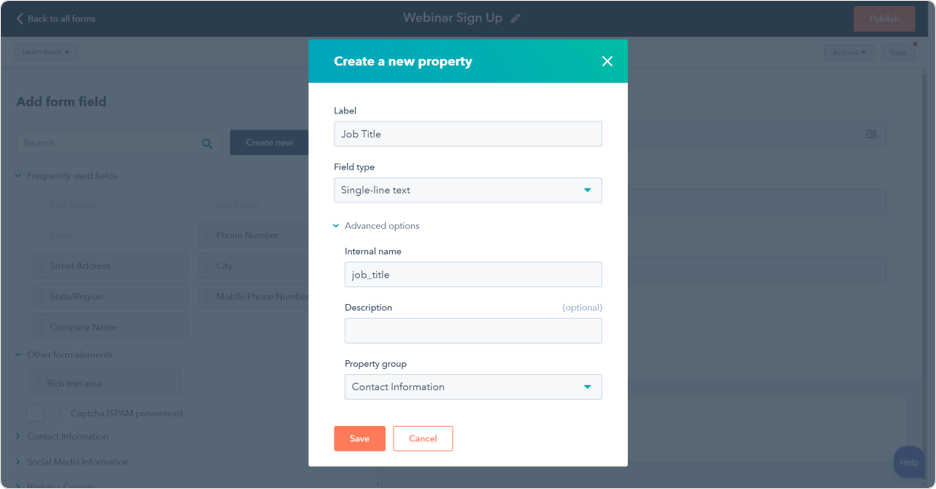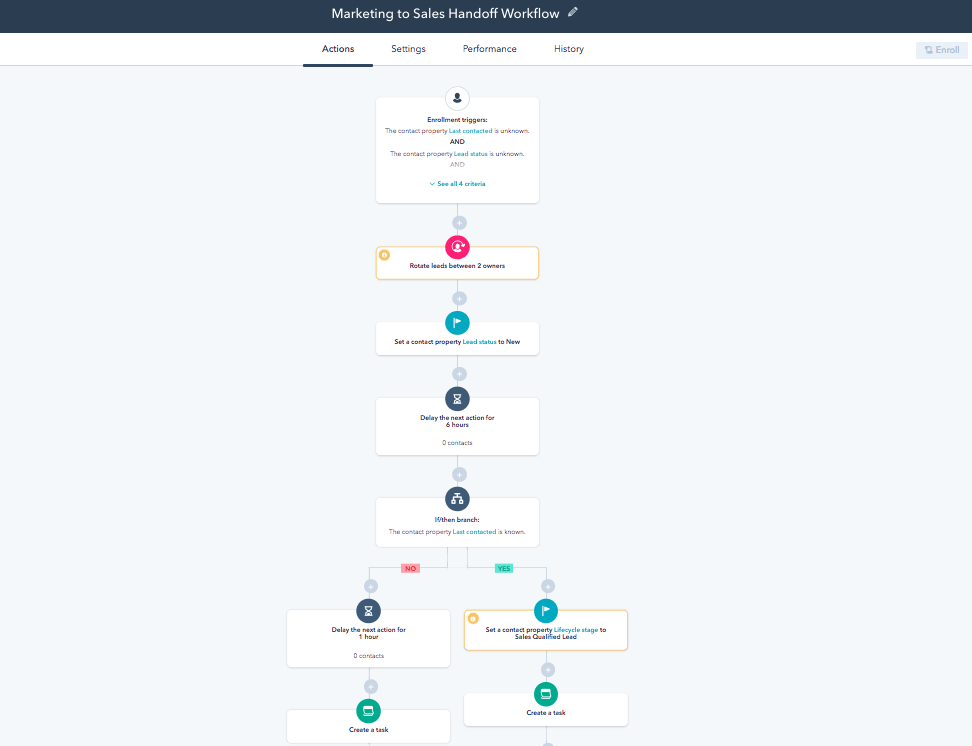October marks the unofficial kickoff to the holiday season with half of all marketers launching a holiday marketing campaign by Halloween. Are you sweating yet?
As I sit here with fresh flip-flop tan lines, it’s hard to believe that we’ve just barely exited summer and it’s already time to think about the holidays.
Yet, here we are.
As marketers, we can’t escape the fact that the major holidays like Black Friday, Cyber Weekend and Christmas are only months away.
So, let the holiday planning begin!
Enhance Your Email, Holiday Style
There is no shortage of articles and resources regarding digital marketing planning for the holidays. Today, we’re going to keep it simple and inch into holiday readiness by talking about holistic email approaches to consider for the 2019 holiday season.
And while there is still some breathing room for planning, here are the five things you should be considering for a successful holiday email campaign:

Quick: What are the key success metrics for your email marketing campaigns this holiday?
Did you hesitate?
As we all know, ambiguous metrics like “sales” fail to offer a defined and actionable path to optimize your campaigns. A better answer is “revenue per emails delivered”, and an even better approach, if you can get there, is “gross profit per thousand emails delivered”. These types of metrics provide you with a more straightforward way to rate the effectiveness of your campaigns.
Of course, you can have different metrics for each campaign. Your Black Friday campaign might be geared towards sales, while an after-purchase/thank you campaign might be focused on refer-a-friend. But the most important factor is to choose just one metric that forms the basis for optimizing your campaigns. Multiple metrics, while tempting given all the available data, will just muddy the program. Choose one (the right one) and set your campaign tracking accordingly.

One of the most impactful things you can do to plan for a successful campaign this year, is to take a peek back at campaigns you’ve run in the past years. Look at the data and glean insights around what worked and what didn’t. Do a comprehensive audit looking at the following key elements:
- Offer Type – Which offers created engagement and ultimately sales? Consider whether a discount, an incentive, free shipping, etc. generated results. Hopefully, following the metric-setting above, you factor in the total cost of the offer to get an accurate comparison (i.e. “gross profit per emails delivered”).
- Creative – Which email designs worked best? This is a broad category, so break it down accordingly. Single product versus multiple products versus no products? Offer versus no offer? Image versus no image? Static versus video? There are several ways to split and score email creative. Task your team to develop the most relevant comparisons.
- Holiday Timing – How did timing affect your email blasts? When were your metrics achieved? Example analysis might center around pre-black Friday, day-of, or post-black Friday when you’re in a less cluttered period.
Focusing on these three strategic elements will set your holiday email campaign program up for maximum success and allow you and your team to focus on the tactical optimization opportunities.

It’s great to recreate strategies that were effective for you, but remember: the sky’s the limit! Avoid the plateaus and stagnation by testing at least one new approach that you may not have considered.
For example:
- Offer a ‘Holiday Gift Guide’ rather than just basic product presentment.
- Sync your email blasts with social remarketing.
- Give your customer a gift for referring a friend.
- A/B test different offers
- Customize your blasts to different personas
- Customize your blasts based on previous buying behavior
Test at least one new idea per season to continuously re-charge your holiday email program. And who knows, maybe you’ll discover a tactic that was even more effective than the original!
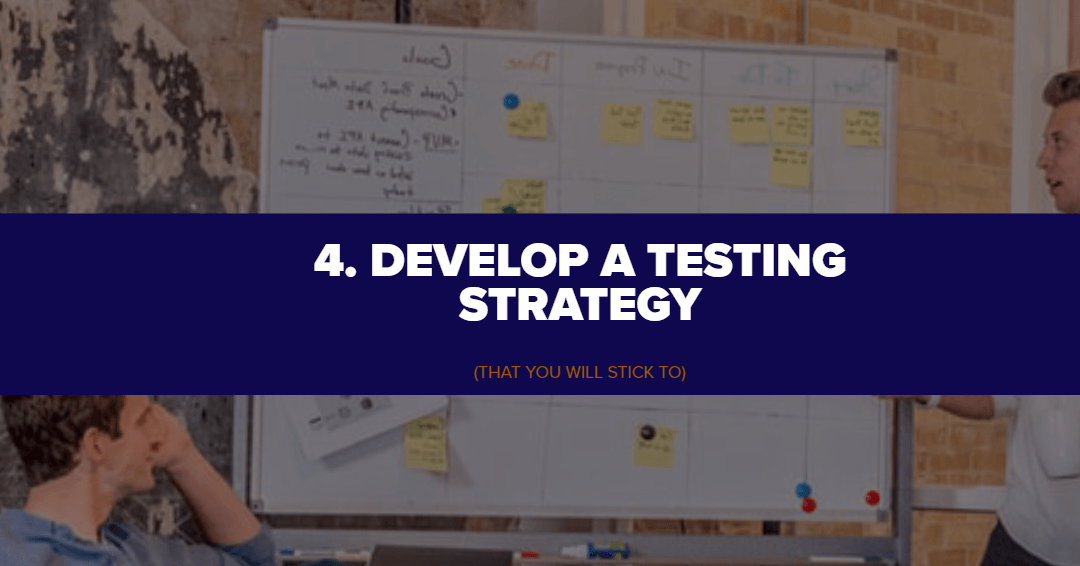
The value of optimizing your holiday email program starts at the strategic versus the tactical level. Still, you will do well to split test the many tactical elements of an email campaign, such as:
- Subject Lines
- Degrees of Personalization
- Offer Types
- Calls to Action
- Design
- Day and Time
- Frequency and Sequencing
You could go A/B crazy thinking about all the elements you could test! Rather than obsessing about endlessly testing everything, you need to consider the return you’ll get on your testing efforts as well.
First, you’ll need to set up a testing architecture to guide your testing program. Arguably, the process is as important as the elements you’re testing. Three things to keep in mind for effective testing:
- Stick to the Plan – Avoid random, off-the-cuff testing which is not part of the plan.
- Stick to What’s Significant – Ensure that the tests are yielding statistically significant differences. Otherwise, what’s the point?
- Stick to What You Can Readily Implement – Make sure that you can quickly integrate the test results into your holiday email program. It will require an agile team, but rapid optimization based on data can really maximize your holiday conversions.

The email industry is quickly transforming with the application of Artificial Intelligence (AI) which gives an email marketer super-human power. With email artificial intelligence, you don’t need to guess what type of offers might work best, what creative will convert, or what time of day you should send. Consider testing an AI vendor with a sample of your holiday email campaign around the following areas:
- Segmentation – AI gives you the ability to micro-segment, going beyond traditional demo and geo breakouts. Now, you can drill down to language and emotion within the copy at the recipient level. Dell used AI marketing provider, Persado, to segment their holiday emails by language, which led to a 50% increase in email CTR as well as a 46% average increase in email conversations.
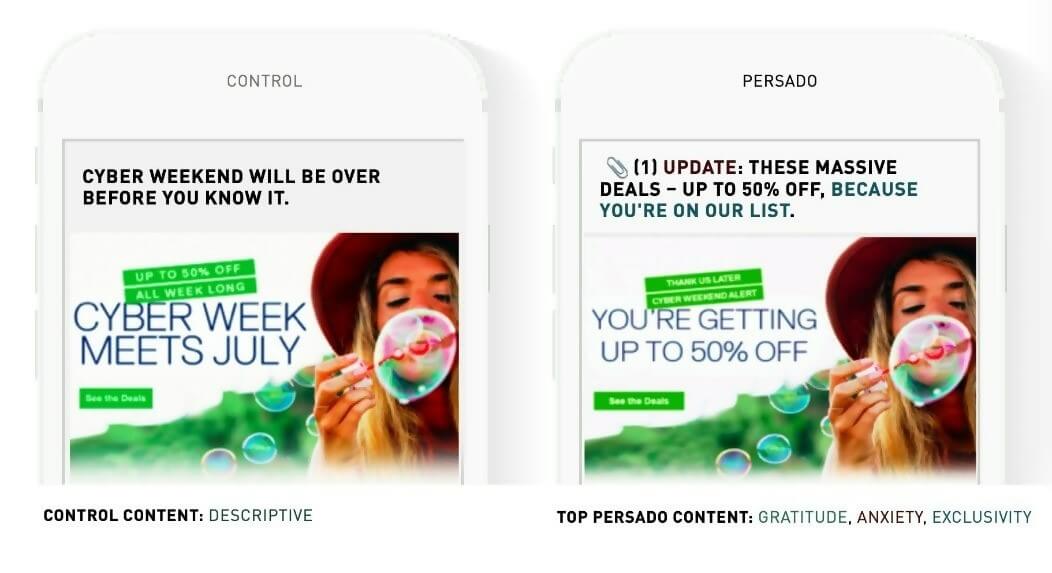
- Email timing – AI data can also tell you the ideal time that each customer is expected to open and engage with your email. Setting up and deploying these ‘rules’ will maximize your open rates and ultimately your conversions.
- Test subject lines – You already know that a powerful subject line is critical to email that converts. These snippets of copy will determine whether your holiday email is opened or is sent to the trash bin. AI is capable of not only analyzing effective subject lines, but also creating them.
Talk to Us
Effective email marketing during the holidays is a must for most businesses. Whether you have a new or already-established plan in place, using these key strategies will help garner more positive results from your holiday email program.
But if you need help, you know where to find us!


